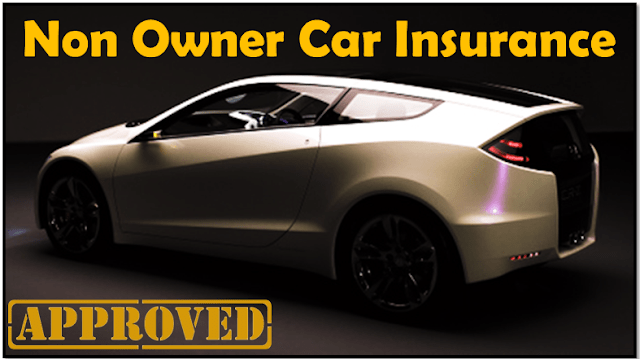What Are the Requirements for Non-Owner Insurance?
Imagine driving a friend's car with peace of mind, knowing you're covered. To qualify for non-owner insurance, you need to meet specific criteria. You can't own a vehicle, must have a valid driver's license, and shouldn't be listed on another policy. There may also be additional requirements if you're reinstating your license. Understanding these essentials can help you secure the right coverage for your unique situation. What else do you need to know?
When you don't own a vehicle but still need to drive, non-owner insurance can provide vital coverage to protect you on the road. This type of insurance is designed for individuals who frequently rent cars, borrow vehicles, or use car-sharing services. If you find yourself in these situations, understanding the requirements for non-owner insurance is fundamental to guarantee you're adequately covered.
To qualify for non-owner insurance, you must meet specific eligibility criteria. First and foremost, you shouldn't own a vehicle. It's important that you need liability coverage for driving other cars, which this insurance specifically provides. You also can't be listed on another auto insurance policy, as this could complicate your coverage. Additionally, you must hold a valid driver's license to confirm you're legally allowed to operate a vehicle. In some cases, you might also be required to file certain forms, like an SR-22 or FR-44, particularly if you're in the process of reinstating your driver's license. Having this specific documentation is crucial for ensuring that your insurance is valid and compliant with state laws.
To qualify for non-owner insurance, you must not own a vehicle and hold a valid driver's license.
Non-owner insurance typically covers several types of liability. You'll find bodily injury liability coverage, which protects you if you cause injury to someone else in an accident. Property damage liability coverage helps cover damage to another person's property. In some situations, uninsured or underinsured motorist coverage can also be included, offering protection if you're involved in an accident with a driver who lacks sufficient insurance. Some states also provide medical payments coverage and personal injury protection, guaranteeing you have support if you're hurt in an accident. Moreover, non-owner insurance is ideal for occasional drivers who do not need to own a vehicle but still require liability protection.
However, it's important to be aware of the exclusions that come with non-owner insurance. Extensive and collision coverage aren't included, meaning you won't have protection against theft or damage to the vehicle you're driving. Rental reimbursement and towing services are also not covered, nor is any damage to the borrowed vehicle itself. These exclusions can greatly affect your decision-making when considering non-owner insurance.
The cost of non-owner insurance can vary based on several factors. Your driving history plays a major role; a clean record usually means lower premiums. The coverage limits you select and any applicable deductibles will also influence your costs. Furthermore, where you live can impact your premiums due to state regulations. If you frequently drive borrowed or rental cars, expect this to be a consideration in your overall insurance costs.
When you're ready to purchase a policy, you typically must contact an insurance agent or company directly, as quotes are often not available online. It's wise to compare prices from multiple providers to confirm you get the best deal. Be sure to review the terms and conditions of any policy carefully, as understanding the specifics can save you from unexpected issues later on.
Conclusion
In a world where car ownership can feel like a financial black hole, non-owner insurance is your shining beacon of hope! By meeting the simple requirements—no vehicle, valid license, and not being on another policy—you can secure coverage that saves you from astronomical liability costs. It's an insurance superhero for those who borrow a vehicle here and there. Don't let the roads intimidate you; embrace the freedom of non-owner insurance and drive with confidence!

